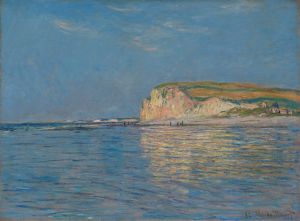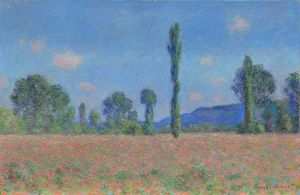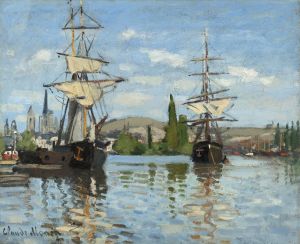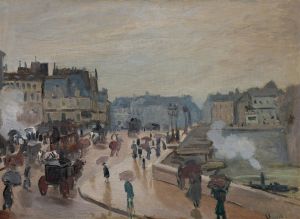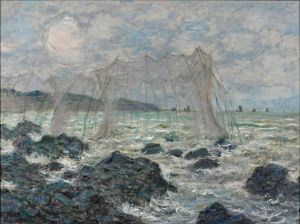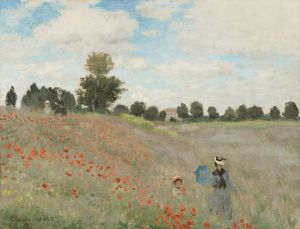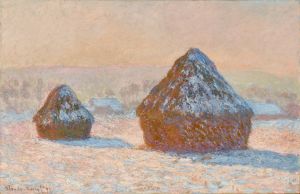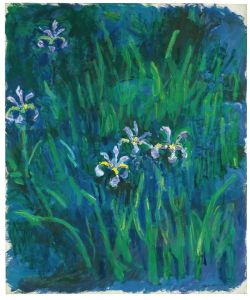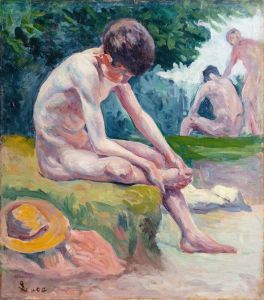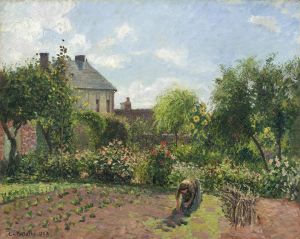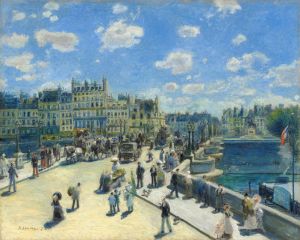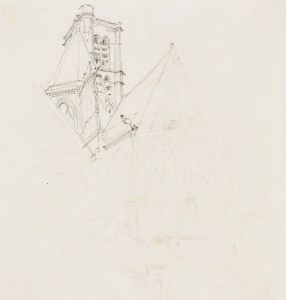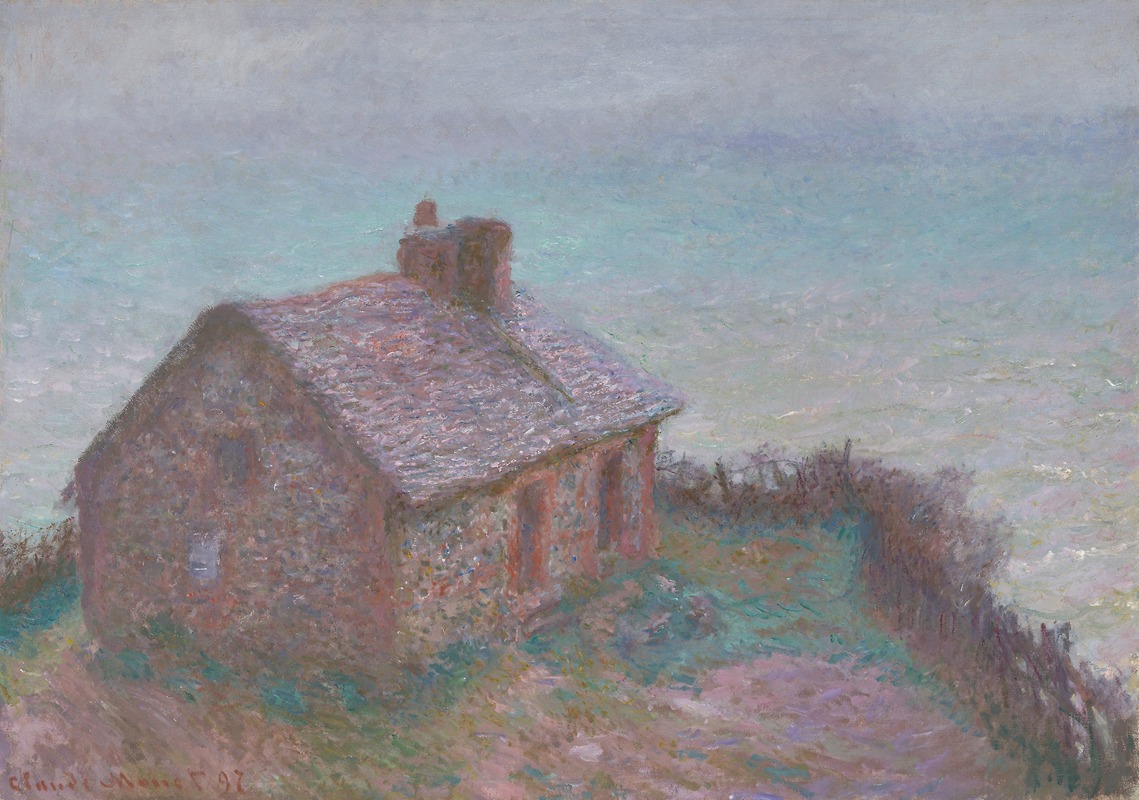
The Customs House at Varengeville
A hand-painted replica of Claude Monet’s masterpiece The Customs House at Varengeville, meticulously crafted by professional artists to capture the true essence of the original. Each piece is created with museum-quality canvas and rare mineral pigments, carefully painted by experienced artists with delicate brushstrokes and rich, layered colors to perfectly recreate the texture of the original artwork. Unlike machine-printed reproductions, this hand-painted version brings the painting to life, infused with the artist’s emotions and skill in every stroke. Whether for personal collection or home decoration, it instantly elevates the artistic atmosphere of any space.
"The Customs House at Varengeville" is an oil painting created by the renowned French Impressionist artist Claude Monet in 1882. This artwork is part of Monet's extensive series of coastal landscapes, which he painted during his travels along the Normandy coast in France. The painting depicts the customs house located in the small village of Varengeville-sur-Mer, situated on the cliffs overlooking the English Channel.
Monet's choice of Varengeville as a subject reflects his fascination with the interplay of light and atmosphere, which is a hallmark of the Impressionist movement. The painting captures the rugged beauty of the coastal landscape, with the customs house perched precariously on the edge of the cliff. The composition is characterized by its dynamic brushwork and the use of vibrant colors to convey the natural light and the changing weather conditions.
In "The Customs House at Varengeville," Monet employs a palette dominated by blues, greens, and earthy tones to depict the sea, sky, and land. The brushstrokes are loose and expressive, creating a sense of movement and immediacy. The customs house itself is rendered with a simplicity that contrasts with the more detailed treatment of the surrounding landscape, emphasizing its role as a human-made structure within the natural environment.
Monet's technique in this painting exemplifies the Impressionist approach to capturing a moment in time. Rather than focusing on precise details, he aims to convey the overall impression of the scene, allowing the viewer to experience the transient effects of light and atmosphere. This approach is evident in the way the clouds and waves are depicted, with rapid, fluid strokes that suggest their constant motion.
The painting is also notable for its composition, which draws the viewer's eye towards the customs house and the cliff edge, creating a sense of depth and perspective. The horizon line is placed high in the frame, emphasizing the vast expanse of the sea and sky. This compositional choice enhances the feeling of openness and the connection between the land and the sea.
"The Customs House at Varengeville" is part of a series of works Monet created during his stay in the region, which includes other notable paintings such as "The Cliff at Varengeville" and "The Church at Varengeville." These works collectively capture the unique character of the Normandy coast and demonstrate Monet's mastery in portraying the natural world.
Today, "The Customs House at Varengeville" is held in the collection of the Art Institute of Chicago, where it continues to be admired by visitors for its beauty and its significance within Monet's oeuvre. The painting remains an important example of Impressionist landscape painting and a testament to Monet's enduring legacy as one of the foremost artists of his time.





